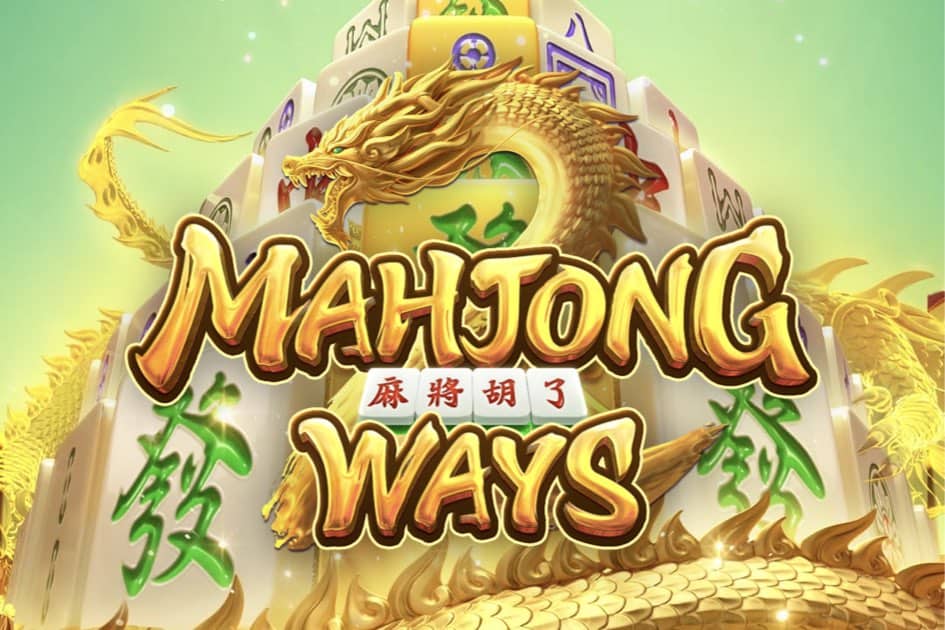travel-insurance.net – Mahjong ways is a tile-based game that typically involves four players. The main objective is to build a complete hand by collecting sets of tiles, which can be either sequences or triplets.
Each player begins with 13 tiles, drawing and discarding tiles in turn. A standard winning hand consists of 14 tiles: four sets and one pair. Sets can include three consecutive numbers from the same suit or three identical tiles.
The game introduces various suits such as bamboo, characters, and circles, each adding depth to the gameplay. Players also encounter honor tiles like winds and dragons that hold special significance.
Understanding these foundational rules is essential for effective play. They not only guide your strategy but also enhance your enjoyment of this intricate game filled with culture and camaraderie.
Beginner Preparations Before Betting Mahjong Ways Official
Before diving into the world of betting on Mahjong Ways Official, it’s essential to grasp the basics. Start by familiarizing yourself with the game’s history and its cultural significance. Understanding where it comes from can enhance your appreciation.
Next, dive deep into the rules and scoring system. Each tile holds a meaning, and knowing how they interact can significantly impact your gameplay.
Practice is crucial. Play informal games with friends or online platforms to boost your confidence before placing any bets.
Explore different strategies that seasoned players use to gain an edge over their opponents. Observing experienced players helps you pick up valuable tips.
Finding a reliable group or partner is vital for a supportive environment as you learn the ropes of betting responsibly in mahjong ways official.
Introduction to Mahjong Ways
Mahjong is a fascinating tile-based game that has captivated players for centuries. Originating in China during the Qing dynasty, it quickly spread across Asia and eventually made its way to the Western world.
The game’s blend of strategy, skill, and luck offers an exhilarating experience for both casual players and seasoned competitors. Each player aims to form sets, melds, and ultimately achieve a winning hand.
At its core, mahjong ways involves intricate tiles adorned with symbols representing various elements like bamboo, characters, and circles. These tiles not only add aesthetic appeal but also introduce layers of complexity as players navigate through rounds.
As you delve into Mahjong’s rich history and dynamic gameplay mechanics, you’ll discover why this timeless classic remains a favorite pastime worldwide. Whether played socially or competitively, each match promises excitement and engagement from start to finish.
The History of Mahjong
Mahjong traces its origins back to ancient China, with roots possibly reaching as far back as the 5th century. Initially played by nobility, it evolved over centuries into a popular pastime for people across various social classes.
The game gained international fame in the early 20th century when Westerners discovered its charm. Adaptations emerged as it spread beyond China’s borders, leading to numerous regional variations.
In Japan, Mahjong took on a unique form called Riichi Mahjong, introducing new rules and strategies that captivated players. Meanwhile, American versions added their own twists to enhance gameplay.
Despite these changes, the essence of mahjong ways remains intact: strategy combined with a touch of luck. The intricate designs of tiles narrate stories from Chinese culture and history—a testament to its enduring legacy in both recreational gaming and social interaction.
